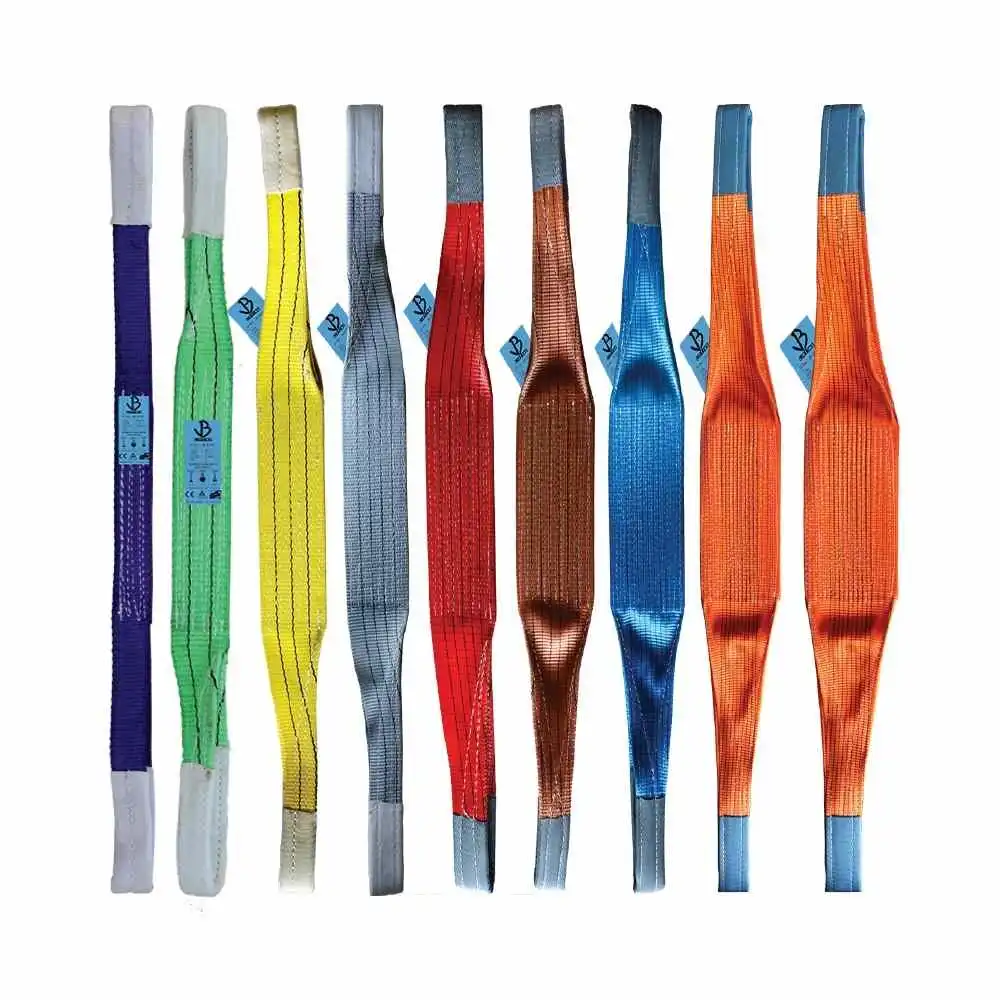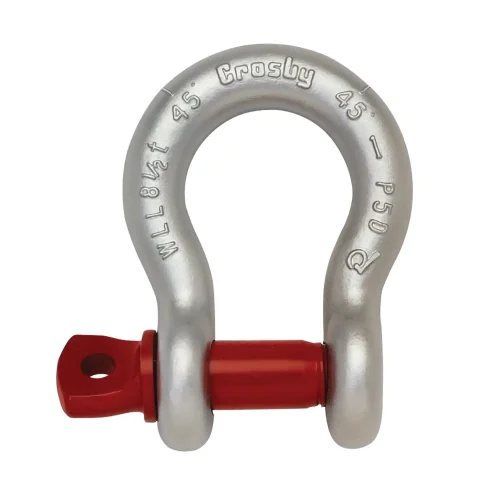Shackle compromising a body and pin which are readily separable and can be used to connect a load to a lifting machine directly or in conjunction with other lifting accessories.
There are different types of shackles nowadays, like Dee Shackles, Bow Shackles, Grab Shackles, Webbing Sling shackles, Grommet Shackles, Long Dee Piling shackles and etc. Different manufacturers follow different standards. Some of the standards related to shackles are:
- ISO 2415
- ASME B30.26
- RR-C-271
- BS EN 13889
- BS 3551
- BS 3032
This Technical Guidance covers only BS EN 13889

Shackle Marking
Working load Limit (WLL), Manufacturer’s name or logo, Allowable angle, Size Of Shackle in inches, Product identification or traceability code, Product Icon.
Types of Shackles.
- Bow Shackle: use when you need 2 legs attached to the Bow shackle pulling at an angle to the load on the hook.
- Dee Shackle: designed for a single straight-line pull
DEE Shackles (D-Shackles)
Shape:
DEE shackles have a D-shaped body with a narrow profile. The straight sides help maintain load alignment.
Best For:
Straight-line pulls
Lifting where side loads are absent
Connecting slings, chains, or ropes to loads
Advantages:
Strong for straight-line tension
Compact design for tight spaces
Less movement within the shackle body
Limitations:
Not ideal for multi-directional loading or side pulls
Can bend or deform under side loading
Bow Shackles (Anchor Shackles)
Shape:
Bow shackles have a rounded, “O”-shaped body, offering a wider arc.
Best For:
Lifting with multi-leg slings
Situations where load angle changes
Applications with dynamic or side loading
Advantages:
Greater freedom of movement for the attached components
Can handle angular loading better
Less stress concentration under shifting loads
Limitations:
Slightly larger and heavier than DEE shackles
Not as strong as DEE shackles for strictly straight-line loads (pound for pound)


⚠️ General Safety Tips for Both:
Always check the Working Load Limit (WLL) before use
Inspect shackles regularly for wear, cracks, or deformation
Make sure the pin is fully secured and tightened before lifting
Never side-load a DEE shackle
Use appropriate size and type for your specific rigging setup





